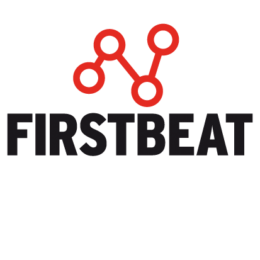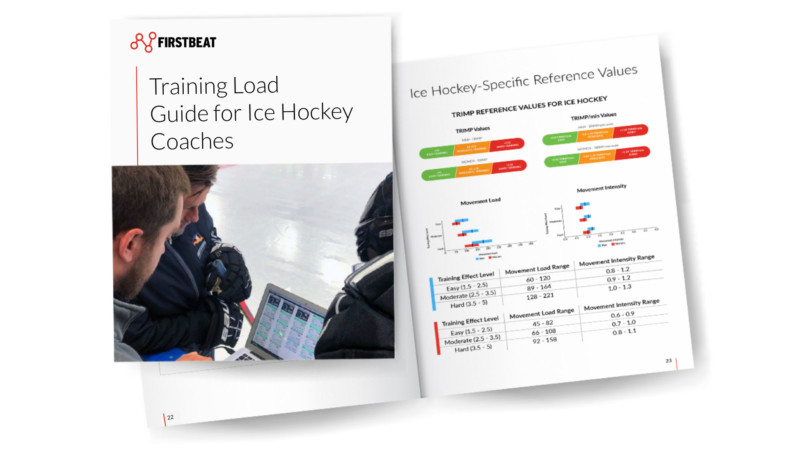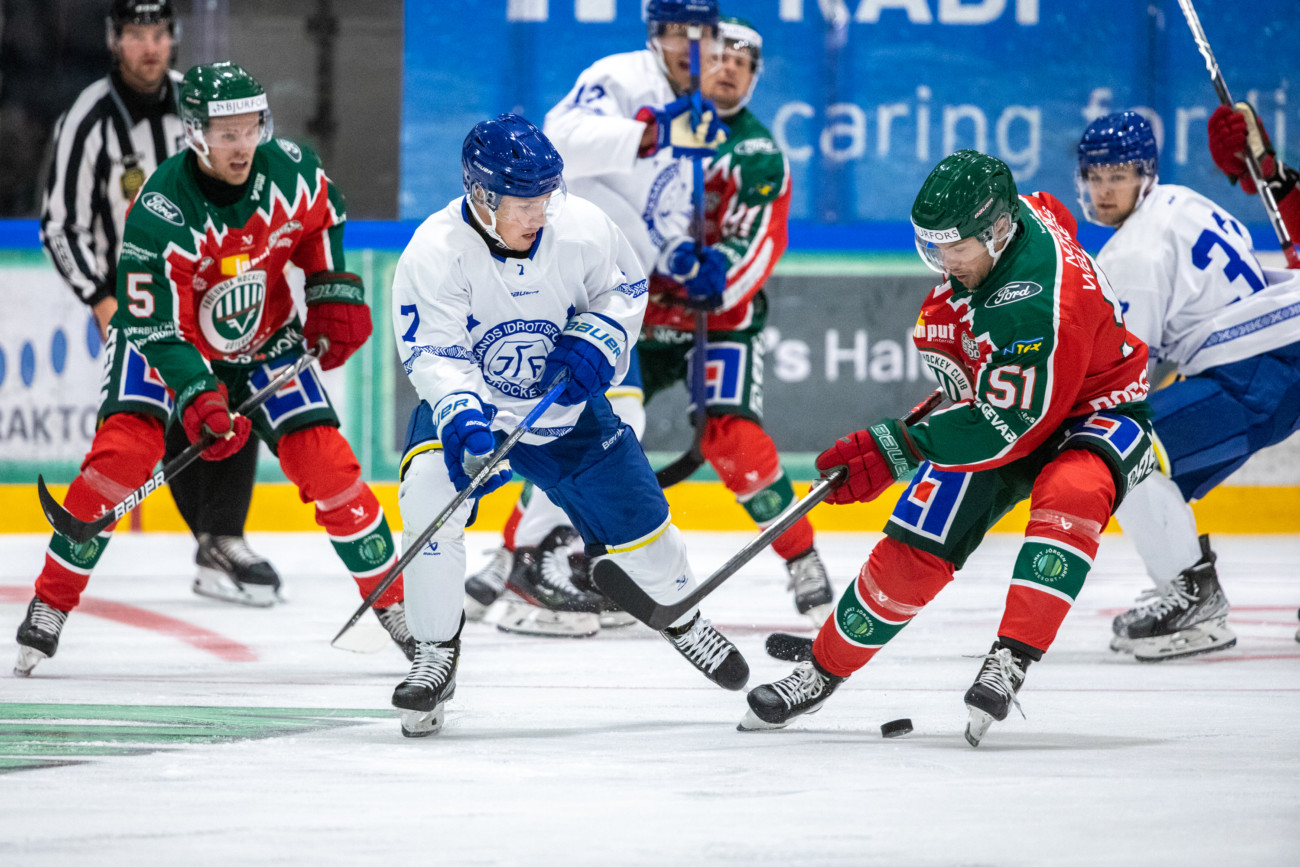
Jesper Gillerås is the Strength and Conditioning Coach at Leksands IF, a Swedish ice hockey team competing in the SHL, Sweden’s top-tier league. In this interview, Jesper talks about why he chose to start using Firstbeat for the first time earlier this year and his plans on utilizing the data moving forward.
Jesper’s Background: From Player to Coach
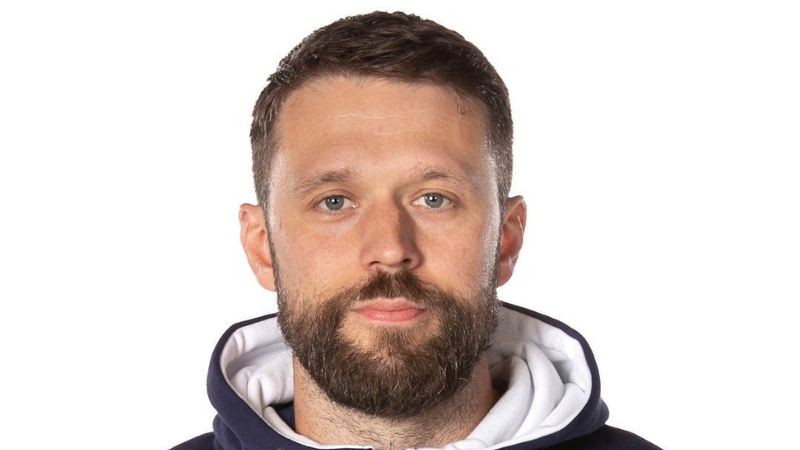
Jesper’s passion for ice hockey runs deep, having played the sport himself before embarking on his studies in Sports Science in 2011. As he pursued his education, he became increasingly drawn to the role of a team’s strength and conditioning coach. After completing his degree, Jesper gained valuable experience working with several ice hockey teams in Sweden’s lower leagues before finding a home with Leksands IF where he is currently in his fifth season.
Getting Started with Firstbeat
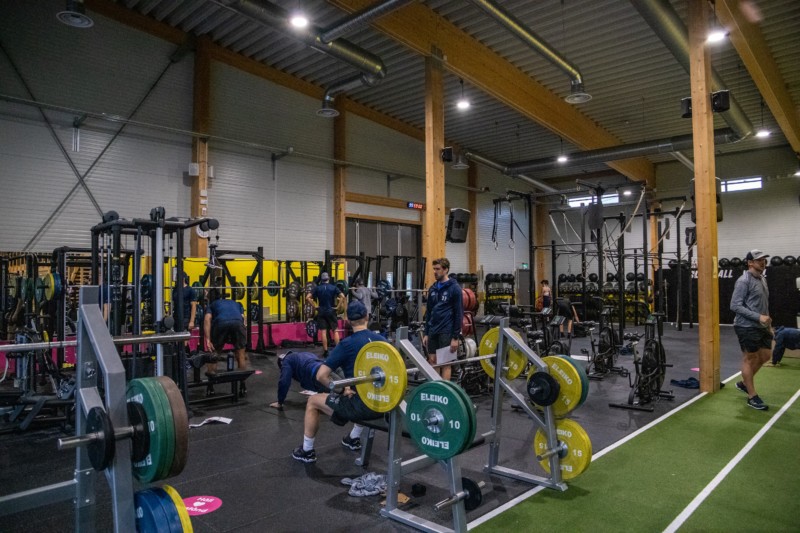
Why did you decide to start using Firstbeat?
Actually, it was me and the physio we had last season, we sat down and just talked about the next steps, how to take the team to a new level and be better. So we started by doing research, we looked at some other load monitoring systems and checked the pros and cons for each one, but in the end, it felt like Firstbeat was most right for us right now because we can get both the recovery and performance data.
Compared to other hockey leagues for example the NHL and DEL, internal load monitoring has a relatively small presence in Sweden. Why do you think that is?
I think it’s really new, especially in ice hockey in Sweden. We’re pretty far behind other countries like the UK, Germany, and Finland in load monitoring. We are currently the only team in the SHL that’s using Firstbeat, and I think there are only three teams in total that I know of in this league that are using some kind of monitoring.
I think it will take some time for the awareness to build with other teams, but since we have started using Firstbeat I have talked to a lot of coaches in other teams and they have asked me about it, and so hopefully, more teams will start to use it soon.
Introducing Firstbeat to the Team
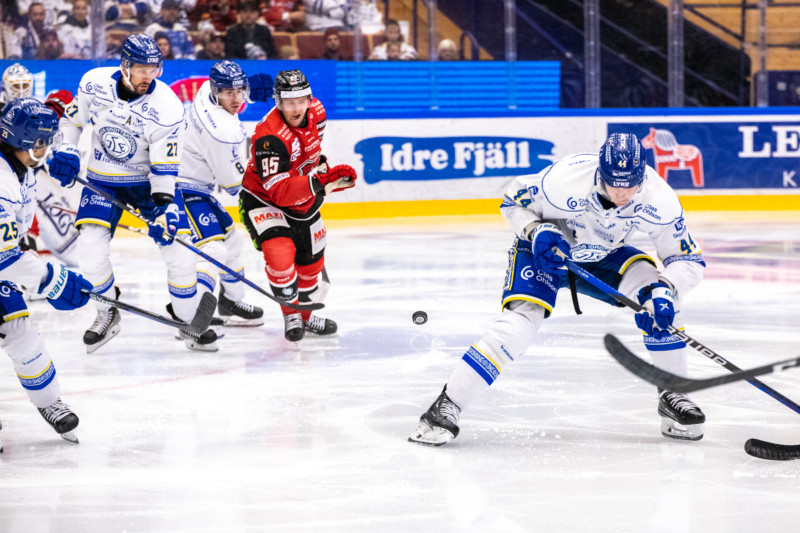
How long have you been using Firstbeat and has that initial process been getting started with a new system and introducing it to the players?
We started using it at the end of February, so it was like one month with games and practices on ice, and now we’ve been using it off the ice too.
We were a little bit concerned when we started about how the coaching staff was going to introduce it to the players, we wanted to make sure we had a good start, so we wouldn’t have to do it over again. But we did get some good help from Firstbeat’s Joel Wenning, he came here for two days and helped us to introduce Firstbeat to the players and coaches.
He talked about how to use Firstbeat and why, and then we used it during practice. Then afterward we sat down with the team and the players and looked at the numbers and the metrics and he explained all of it which was very good for them. And then we had a couple of hours with the coaching staff in the evening also to talk through things, and that helped us a lot. We didn’t want to have a bad start – that would have been a disaster.
How was the player buy-in initially when it came to wearing the sensors?
The goalies were a bit skeptical initially because they were worried about being shot in the stomach whilst wearing the sensors, so they were complaining a little about it, but overall the response has been good.
We can’t force players to wear them but we always recommend they put them on for performance and recovery, to become better players, so we ask them to do it for themselves and the team.
Getting the Most Out of the Data

You’ve only had a couple of months working with Firstbeat, but what kind of value have you got during that time? What kind of things have you been learning and using it for?
We’ve been learning a lot and we said that when we got the system we were not going to change everything during the last season. We decided to play as usual and then look at the numbers and data a bit more after the season finished. We told the players not to worry about the numbers and just keep on doing what you’re doing.
It was a special time when we started using Firstbeat because it was pretty late in the season, we didn’t have regular practices and we played games every other day. So we have a lot of data from the games, maybe not so much from practices, but now we have got those numbers that we can take into the next season and we have something to build on and start with.
When we start next season we hope to use Firstbeat to help make sure we are practicing the right way, before, after, and between games, as well as to help make some coaching decisions. It will help with choosing the right workouts the day before and between games so that we will be at our top performance level and recovering properly too.
Which Firstbeat features do you find the most useful?
I think the classic features like TRIMP, TRIMP/min, Movement Intensity, Movement Load so you can see both internal and external load are most useful, and also the Acute vs Chronic training load. I want to make sure that we’re not doing too much or too little, and over time hopefully reduce the risk of injuries and perform better. This is the first time we are monitoring internal load continuously, and so I think it’s going to be really useful if we use it in the right way.
I know that some players may worry that we are only using the sensors to push them to be in the high-intensity red zone and that we are going to point and shout at them if they’re not in the highest zone all the time, but we don’t want to do that.
We want to use the system the right way, especially when it comes to recovery, and if we see a bad score from a player one day, it’s not the end of the world, you don’t have to go home. If we see something every day for a week then maybe we have to change something and see how we’re doing, but we want to get a whole picture over time.
Why do you think it’s important to monitor internal load in ice hockey?
Maybe we were doing really good stuff before using Firstbeat, but then we didn’t really know that for sure. How we prepared for games and how the sessions went on ice or how training sessions went one, two, or three days before a game. Was it too hard or too soft, or for the days after games how was the recovery? How about when we were traveling?
If we were doing that well before we didn’t know that for certain because we were just guessing. So since getting Firstbeat, we don’t have to guess anymore. We can make small changes to be more effective and enhance the performance even more. It takes away all the guessing, now we know more.
Plans for the Future
Let’s talk about your plans to start using Firstbeat with the women’s and youth team at Leksands IF.
Hopefully, we will extend using Firstbeat with the women’s team next season (2023), and after that, we would like to have it for our under-20 team, and then we also have an under-18 team.
So the plan for the future that our GM talked about is to get it to both youth teams, and the women’s and men’s, so we have it throughout the whole system. So for the juniors, I think it’s going to be useful because they work out a lot, a lot of them are moving away from home for the first time, and they’re going to school, and there are many external stressors.
The load monitoring will be useful to ensure that we don’t do too much over time. We have them here for three years when they are playing here and going to school, three years where they can develop. We don’t want to break them down the first year so they get hurt or miss a lot of training or games. So that’s the plan for the future, to use Firstbeat in all four teams.
Whilst introducing new technology to a team can initially seem like a daunting task, Jesper’s experience with Firstbeat shows that the benefits outweigh the challenges. In just two months the team has collected a foundation of data for them to build upon in the future to help optimize their training, performance, and recovery for the upcoming season.
If you’re an ice hockey coach interested in learning more about training load and some of the metrics Jesper talked about in the article, be sure to download our training load guide for ice hockey coaches.
If you liked this article, you should subscribe to our newsletter.
You might also be interested in

Optimizing Training & Recovery in the AFL: Expert Insights with Sydney Swans
Wednesday 09 October at 6PM Sydney Time (AEDT) /8AM UK /9AM Central Europe Join us for an exclusive behind-the-scenes webinar with the performance team of the Sydney Swans and Firstbeat’s…
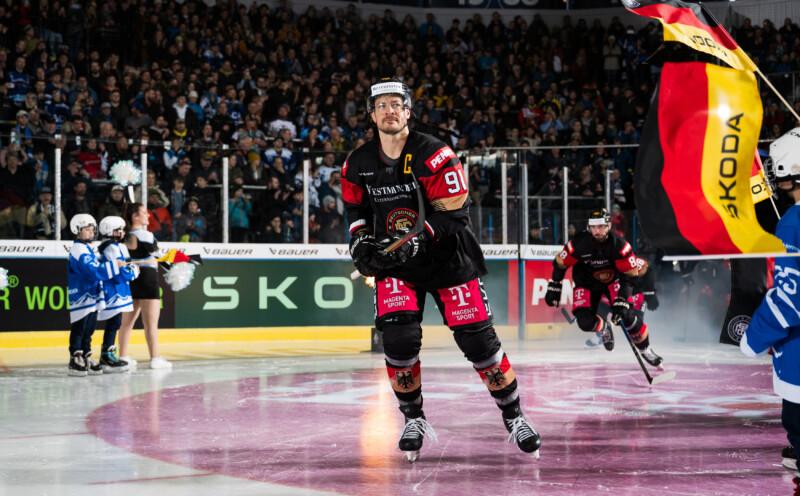
Firstbeat Technology Helps Optimize Training and Performance of German Ice Hockey Teams
The German Ice Hockey Federation (DEB) and Firstbeat have been in close partnership for many years, with the Federation utilizing the athlete performance management platform to optimize the training and…
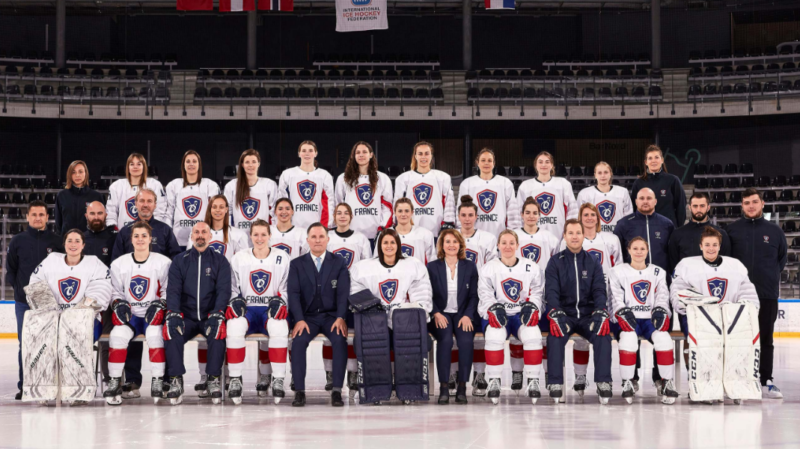
French Ice Hockey Federation Renews Partnership Between Firstbeat and Women’s National Teams
The French Ice Hockey Federation (FFHG) has announced that it will continue its partnership with Firstbeat Sports’ athlete monitoring solution for use with their senior and junior Women’s National Teams….
